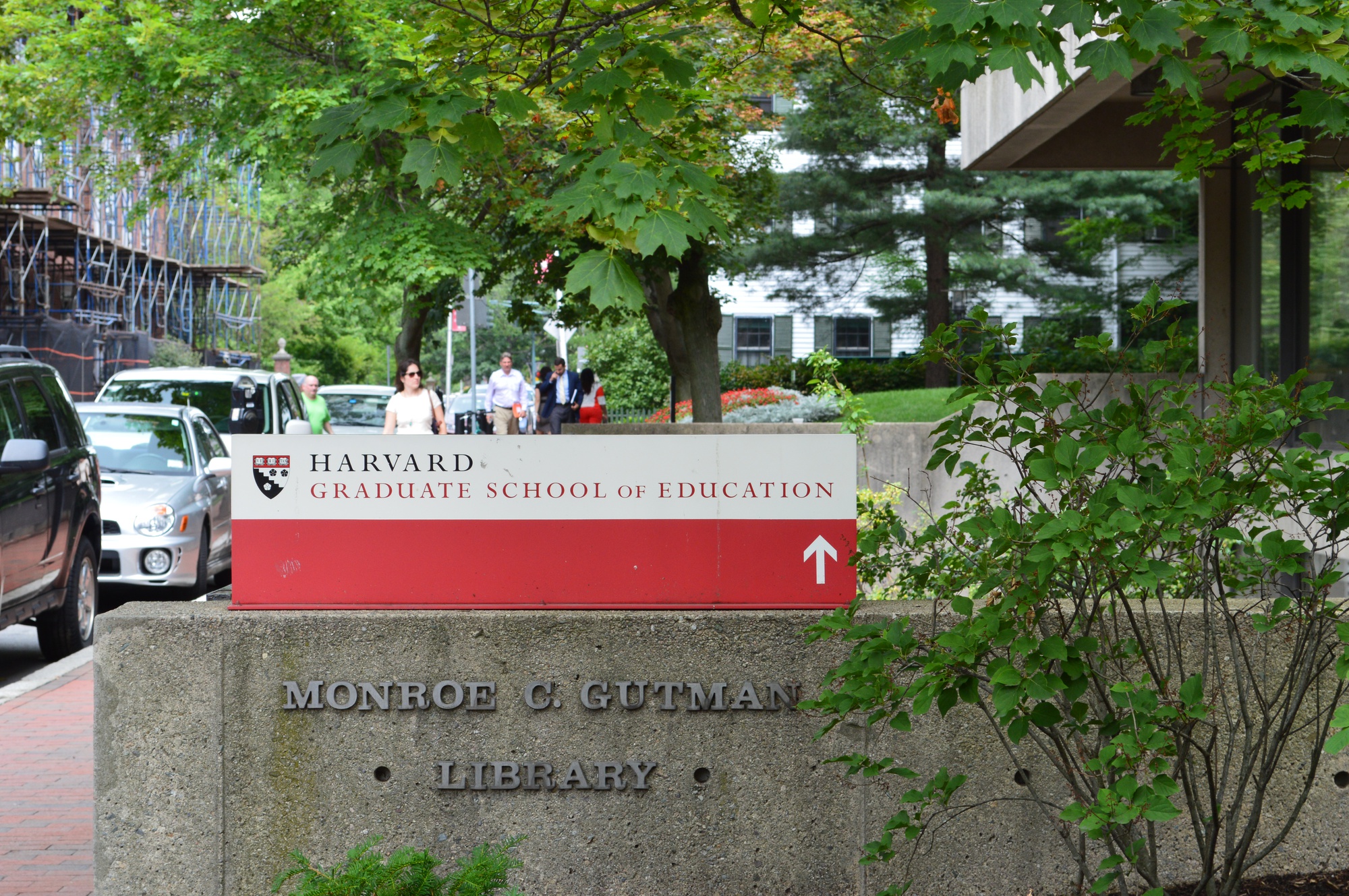Report on the Higher Education White Paper: An SDG-Focused Analysis
Introduction
This report provides an analysis of a recent White Paper on higher education, evaluating its proposals through the framework of the United Nations Sustainable Development Goals (SDGs). The assessment focuses on the potential impacts of the proposed policies on quality education (SDG 4), decent work (SDG 8), reduced inequalities (SDG 10), and strong institutions (SDG 16).
1.0 Quality Assurance, Regulation, and Institutional Integrity
1.1 Quality Benchmarks and their Impact on SDG 4 and SDG 8
The proposal to link future tuition fee increases to new quality benchmarks presents a significant challenge to the principles of SDG 4 (Quality Education). The potential over-reliance on graduate salary metrics as a primary indicator of quality is a key concern. This approach risks undermining courses that are vital for public services and the creative industries, which contribute to SDG 8 (Decent Work and Economic Growth) and SDG 11 (Sustainable Cities and Communities) but may not yield high private financial returns for graduates.
- A narrow focus on salary metrics could disproportionately penalize institutions serving regions with lower wage economies, thereby conflicting with SDG 10 (Reduced Inequalities).
- It fails to account for the non-monetary value of education, such as civic engagement and personal development, which are core tenets of SDG 4.
- The policy may disincentivize the provision of courses crucial for social well-being but with modest salary outcomes.
1.2 Regulatory Oversight and the Role of the Office for Students (OfS)
The expansion of the OfS’s powers to intervene in courses deemed to offer poor value raises questions regarding institutional autonomy and effective governance, a key component of SDG 16 (Peace, Justice and Strong Institutions). A punitive regulatory environment could stifle the innovation needed to address complex global challenges outlined in the SDGs. The OfS’s capacity to make nuanced judgements is critical, as is its new responsibility to regulate recruitment agents to protect students, a measure that supports the ethical recruitment principles underlying SDG 8.
2.0 Student Finance, Access, and Equity
2.1 Maintenance Grants and Alignment with SDG 10
The reintroduction of maintenance grants for students from low-income backgrounds is a positive step towards achieving targets within SDG 4 and SDG 10 (Reduced Inequalities). However, the policy’s effectiveness is compromised by restricting these grants to specific “priority” courses. This limitation undermines the principle of equitable access and student choice, potentially creating a two-tiered system of support that runs counter to the inclusive spirit of the SDGs.
2.2 International Student Levy and its Effect on SDG 17
Funding these grants through a levy on international student fees poses a considerable risk to SDG 17 (Partnerships for the Goals). International education is a key driver of global partnership and cultural exchange. This policy could deter prospective international students, creating a perception that they are subsidizing domestic policy. This may weaken the UK’s position as a global education hub and damage international collaborations essential for achieving the SDGs.
3.0 Lifelong Learning and Future Skills Development
3.1 The Lifelong Learning Entitlement (LLE) and SDG 4
The White Paper’s reaffirmation of the Lifelong Learning Entitlement (LLE) strongly aligns with SDG 4‘s emphasis on lifelong learning opportunities for all. The move towards flexible, modular learning is essential for upskilling and reskilling the workforce to meet the demands of a green and digital economy, directly supporting SDG 8 and SDG 9 (Industry, Innovation and Infrastructure).
- Implementation Gap: The White Paper lacks detail on the financial and operational support required for institutions to transition to modular provision and credit transfer systems.
- Structural Transformation: A radical rethink of university structures is necessary to embed stackable qualifications effectively across the sector.
- Future-Proofing: Successful implementation of the LLE is crucial for ensuring the long-term sustainability of the higher education sector and its capacity to contribute to national SDG targets.
3.2 University-College Collaboration and Strategic Alignment
The call for greater collaboration between universities and colleges supports the partnership model of SDG 17. However, this collaboration must be founded on mutual respect. There is a risk that an overemphasis on aligning skills with immediate national economic priorities could narrow the scope of university missions. Universities must be positioned as active partners in shaping sustainable futures, not merely as suppliers for a skills pipeline. This broader role is fundamental to fostering the innovation and critical thinking required to address all 17 SDGs.
4.0 Conclusion: Sector Stability and Long-Term Vision
The White Paper presents a complex landscape for the higher education sector. While some proposals, such as the LLE, align well with the Sustainable Development Goals, others risk creating policies that could undermine progress on quality education, equity, and global partnerships. The political and financial instability surrounding tuition fees further complicates the sector’s ability to plan for the long term. For universities to continue their vital role in achieving the SDGs, a stable and supportive policy environment is essential, alongside a clear articulation of their purpose beyond immediate economic demands.
Analysis of Sustainable Development Goals in the Article
1. Which SDGs are addressed or connected to the issues highlighted in the article?
-
SDG 4: Quality Education
- The entire article revolves around higher education policy in England. It discusses quality benchmarks for institutions, the introduction of the Lifelong Learning Entitlement (LLE) for flexible learning, and ensuring equal access for students from different economic backgrounds.
-
SDG 8: Decent Work and Economic Growth
- The article connects education quality directly to economic outcomes. It mentions the use of “graduate salary metrics” as a quality benchmark and discusses the push for “skills alignment with national priorities” to contribute to “regional and national growth.”
-
SDG 10: Reduced Inequalities
- The reintroduction of “maintenance grants for low-income students” is a key policy discussed, directly aimed at reducing financial barriers and promoting the inclusion of economically disadvantaged groups in higher education. The goal is to “widen participation and reduce debt burdens” for these students.
2. What specific targets under those SDGs can be identified based on the article’s content?
-
Target 4.3: Ensure equal access for all women and men to affordable and quality technical, vocational and tertiary education, including university.
- This target is addressed through the discussion of policies designed to manage the cost and accessibility of university. The article mentions the “reintroduction of maintenance grants for low-income students” to reduce financial barriers and the “Lifelong Learning Entitlement (LLE)” to promote flexible and accessible learning pathways. The debate over tuition fee rises also relates directly to affordability.
-
Target 4.4: Substantially increase the number of youth and adults who have relevant skills, including technical and vocational skills, for employment, decent jobs and entrepreneurship.
- The article highlights the government’s focus on ensuring higher education provides job-relevant skills. This is evident in the push for “greater collaboration between universities and colleges” to create a “skills pipeline” and the emphasis on “skills alignment with national priorities,” which aims to produce “highly skilled” graduates for the workforce.
-
Target 10.2: Empower and promote the social, economic and political inclusion of all, irrespective of… economic or other status.
- This target is central to the discussion on maintenance grants. The article states that these grants are for “low-income students” and that such “moves to widen participation” are intended to reduce inequality of access to higher education based on economic status.
3. Are there any indicators mentioned or implied in the article that can be used to measure progress towards the identified targets?
-
Graduate Salary Metrics (Mentioned)
- The article explicitly states that the government plans to use “graduate salary metrics” as a quality benchmark for institutions. This is a direct indicator used to measure the economic value of education, linking to both SDG 4 (quality) and SDG 8 (decent work).
-
Participation Rates of Low-Income Students (Implied)
- The policy of reintroducing “maintenance grants for low-income students” and the goal to “widen participation” imply that a key indicator of success would be an increase in the enrollment and completion rates of students from disadvantaged economic backgrounds. This measures progress towards Target 4.3 and Target 10.2.
-
Student Debt Levels (Implied)
- The article mentions that a positive aspect of the grants should be to “reduce debt burdens.” This implies that the level of debt accrued by students, particularly those from low-income families, is an indicator of the affordability and equity of the higher education system (Target 4.3).
-
Number of Students in Flexible/Modular Learning (Implied)
- The introduction of the “Lifelong Learning Entitlement (LLE)” for “flexible, modular learning” suggests that an indicator of its success would be the uptake of these non-traditional learning pathways by students across the sector, measuring progress in making education more accessible (Target 4.3).
4. Summary Table of SDGs, Targets, and Indicators
| SDGs | Targets | Indicators |
|---|---|---|
| SDG 4: Quality Education | Target 4.3: Ensure equal access to affordable and quality tertiary education.
Target 4.4: Increase the number of people with relevant skills for employment. |
|
| SDG 8: Decent Work and Economic Growth | Target 8.6: Reduce the proportion of youth not in employment, education or training. |
|
| SDG 10: Reduced Inequalities | Target 10.2: Promote the social and economic inclusion of all. |
|
Source: timeshighereducation.com






